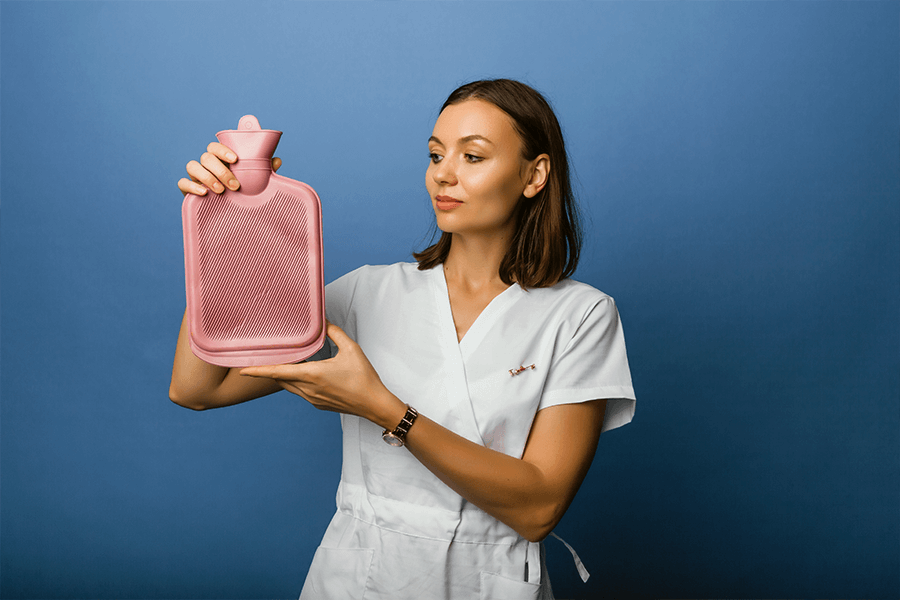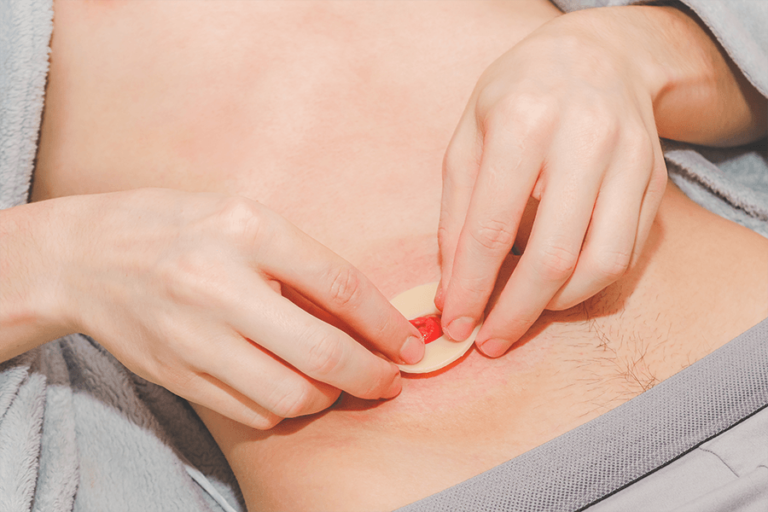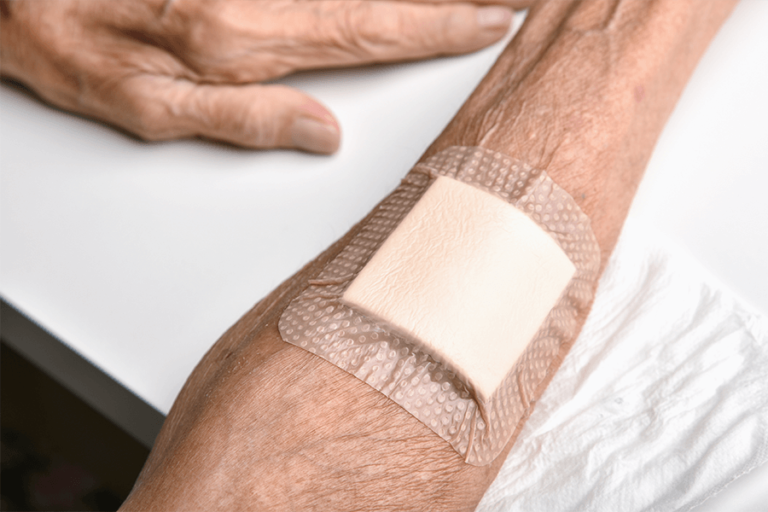Why Can’t a HHA Apply a Hot Pack?
You’re a home health aide (HHA) and you want to know if you can apply a hot pack to your patients.
You are frustrated that you can’t find any information online whether applying a hot pack is a permittable tasks of a home health aide as you do not want to get into trouble or hurt any of your clients.
This article will teach you the rules and regulations about to applying a hot pack, so you can help your patients with their pain and make them comfortable.
Can a HHA Apply a Hot Pack?
In general, home health aides are not to apply any type of heat to patients – even though this does not make a lot of sense.
What’s to prevent a family member of the patient from buying one over-the-counter (OTC) at a drugstore and applying it themselves? Well, nothing.
5 Top Dangers From Using Hot Packs Improperly
But there is good news for the patient and the home health aide.

This is a task of the home health aide that may be considered “permissible under special circumstances“.
Activities that are permissible under special circumstances are not typically taught in a traditional home health care aide program. Since these tasks are complex, each home aide must have special training regarding the procedure that must be performed for every patient.
Particular criteria must be met whenever assigning an aide to the execution of an act for a patient.
A situation meeting all the given criteria can be considered to treat a patient only under certain circumstances.
Home Health Aide Guide to Applying Hot Packs
Hot packs are the use of medical equipment, supplies and tools.
Typical activities of using the hot pack
Why is a heat pack helpful?
A heat pack is helpful because it provides soothing heat to help relax muscles and relieve pain.
How is a heat (hot) pack applied?
An electric heating pad, hot water bottle, or a warming compress can all be used to apply warmth to the skin. The heat should be applied for 20 to 30 minutes as your health care provider instructs. Be sure to place a cloth between your skin and these devices to prevent burns. Check your skin for color changes or blisters at intervals of 5 minutes or so. Remove these devices if you notice skin changes.
Know how to operate an electric heating pad
Straighten out the wrinkles to ensure that there aren’t any breaks or tears in the power cord before you plug it into a wall outlet.
Once it’s plugged in, press the button on the heating pad that was suggested to you whenever using the device for the first time. Cover the heating pad to protect the client’s skin.
How about the preparation of a hot water bottle?
Fill the bottle with hot water only until it is halfway full, then remove air by moving against the bottle until the water appears. Uncap the water-filled bottle and place a towel over it before laying down to bask.
HHA’s should consult the RN if:
Yours, FREE!
What HHA’s CAN and CAN’T Do!
Download this brand new guide on what home health aides can and cannot do. The rules have changed so don’t get caught off guard. Know your limits and the law.








